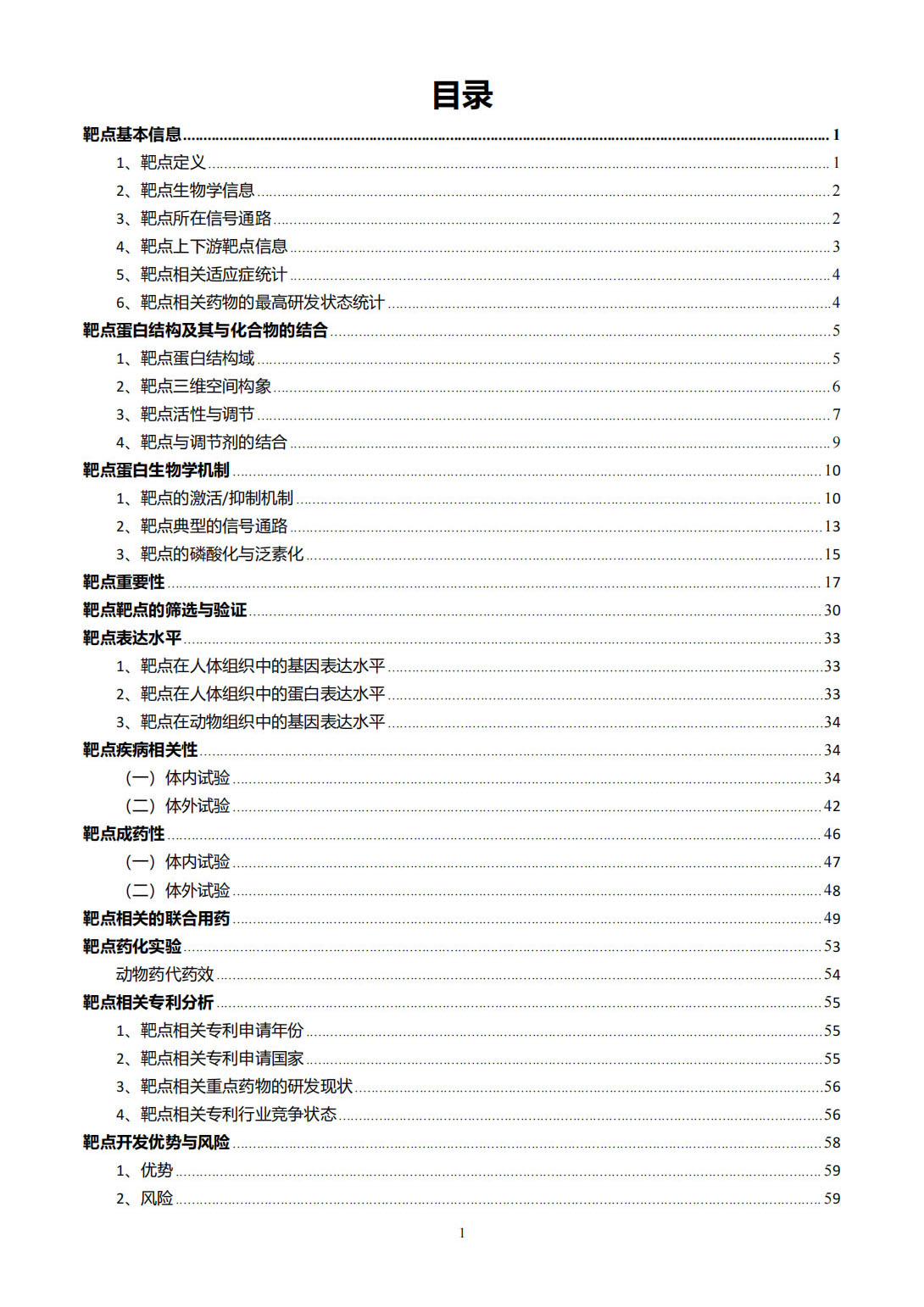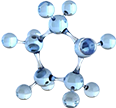CD8A Target Analysis Report Summary


About the Target
Based on the provided context information and the keywords "CD8," here is a comprehensive summary of key viewpoints:
Differential Activation of CD8+ T cells: Different peptide epitopes can stimulate CD8+ T cells in different ways. Native peptide epitopes increase PD-1 expression, which downregulates TCR signaling. On the other hand, heteroclitic peptide stimulation bypasses the PD-1 signaling pathway, leading to increased tyrosine phosphorylation of ZAP-70 and TCR zeta chains, and enhanced T cell responses [1].
CD8+ T Cells in HSV Infection: In HSV-1 infected asymptomatic humans and HLA transgenic rabbits, CD8+ tissue-resident memory (TRM) cells downregulate the pathways associated with T cell exhaustion. These TRM cells confer protection from ocular herpes by blocking immune checkpoints, reducing T cell exhaustion molecules, and increasing the expression of genes associated with T cell function [2].
Bystander Activation of CD8 TRM: Localized infection can cause the generation of proinflammatory cytokines, which can bystander activate CD8 TRM cells in the vicinity. CXCR3 ligands play a role in recruiting circulating bystander CD8 memory T cells to the site of activation, resulting in localized bystander activation and effector responses [3].
CD8+ T Cell Responses in HSV-2 Infection: In simulations of HSV-2 infection within a genital tract microenvironment, CD8+ T cells respond to infected cells, leading to the elimination of free virus and infected cells. The parameters in the model capture viral replication, CD8+ T-cell expansion, and decay rates, as well as the clearance of HSV DNA [4].
TCR and CD8 Signaling: The TCR and CD8 bind to the pMHC complex on antigen-presenting cells, initiating a signaling cascade that involves phosphorylation of ITAMs, recruitment of ZAP-70, phosphorylation of LAT, and subsequent cellular adjustments like proliferation, cytolytic activity, and cytokine release. The structure and signaling of the TCR and CD8 are shown in detail in Figure 1A [5].
Overall, the provided context highlights the activation and signaling pathways of CD8+ T cells in response to different peptides, the role of CD8+ TRM cells in HSV infections, bystander activation of CD8 TRM cells, the CD8+ T cell response in HSV-2 infection, and the molecular mechanisms involved in TCR and CD8 signaling.
Based on the provided context information, here are some comprehensive summaries of different viewpoints related to CD8A:
ATPP immunoconjugates: ATPP immunoconjugates are composed of antibodies with attached immunogenic peptides, which can potentially bind to target antigens on cell surfaces, get internalized into endosomes, release T-cell response eliciting peptides, and load MHC-I molecules with the released peptides, leading to recognition by CD8+ cytotoxic T-cells [6].
Dendritic cell subsets: Dendritic cells (DCs) play a crucial role in cancer immunity by both promoting anti-tumor activities and potentially having pro-tumor effects. CD8+ T cell activation and recruitment in the tumor microenvironment can be induced by cDC1s and cDC2s through cytokine production and cross-presentation of tumor antigens, respectively. However, moDCs and pDCs may contribute to an immunosuppressive environment and promote tumor growth [7].
Reprogramming of CD8+ T cells: With aging, CD8+ T cells can undergo reprogramming and acquire characteristics similar to natural killer (NK) cells. This reprogramming involves changes in phenotype, function, and gene expression, potentially leading to the expansion of NK-like CD8+ T cells [8].
CD8+ T cell functions in atherosclerosis: CD8+ T cells infiltrate atherosclerotic lesions and can induce plaque inflammation and cytotoxic cell death of macrophages, smooth muscle cells, and endothelial cells through cytokine production and cytotoxic mediators. CD8+ T cell activation and persistent inflammation may contribute to plaque instability, while some CD8+ T cells exhibit markers of exhaustion [9].
Role of TREG cells in viral infection: TREG cells have a distinct role during viral infections. They initially have suppressed expansion due to high levels of type I interferons (IFNs). As the infection resolves, TREG cells increase in number and adopt an effector-like phenotype, which helps suppress the maturation of dendritic cells and limit their production of proinflammatory cytokines. TREG cell-derived IL-10 and CTLA-4 play important roles in this process. Lack of TREG cell-derived IL-10 and/or CTLA-4 can lead to heightened proinflammatory cytokine levels, negatively impacting the differentiation and functionality of CD8+ T cells [10].
Please note that these summaries are based solely on the provided context information and do not include any prior knowledge.
Figure [1]

Figure [2]

Figure [3]

Figure [4]

Figure [5]

Figure [6]

Figure [7]

Figure [8]

Figure [9]

Figure [10]

Note: If you are interested in the full version of this target analysis report, or if you'd like to learn how our AI-powered BDE-Chem can design therapeutic molecules to interact with the CD8A target at a cost 90% lower than traditional approaches, please feel free to contact us at BD@silexon.ai.
More Common Targets
ABCB1 | ABCG2 | ACE2 | AHR | AKT1 | ALK | AR | ATM | BAX | BCL2 | BCL2L1 | BECN1 | BRAF | BRCA1 | CAMP | CASP3 | CASP9 | CCL5 | CCND1 | CD274 | CD4 | CD8A | CDH1 | CDKN1A | CDKN2A | CREB1 | CXCL8 | CXCR4 | DNMT1 | EGF | EGFR | EP300 | ERBB2 | EREG | ESR1 | EZH2 | FN1 | FOXO3 | HDAC9 | HGF | HMGB1 | HSP90AA1 | HSPA4 | HSPA5 | IDO1 | IFNA1 | IGF1 | IGF1R | IL17A | IL6 | INS | JUN | KRAS | MAPK1 | MAPK14 | MAPK3 | MAPK8 | MAPT | MCL1 | MDM2 | MET | MMP9 | MTOR | MYC | NFE2L2 | NLRP3 | NOTCH1 | PARP1 | PCNA | PDCD1 | PLK1 | PRKAA1 | PRKAA2 | PTEN | PTGS2 | PTK2 | RELA | SIRT1 | SLTM | SMAD4 | SOD1 | SQSTM1 | SRC | STAT1 | STAT3 | STAT5A | TAK1 | TERT | TLR4 | TNF | TP53 | TXN | VEGFA | YAP1

